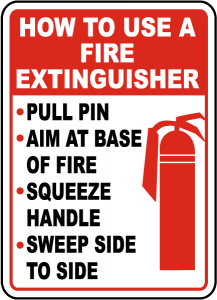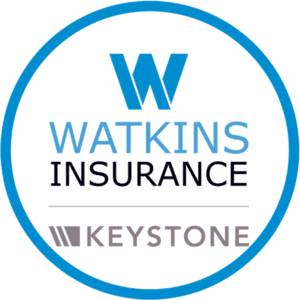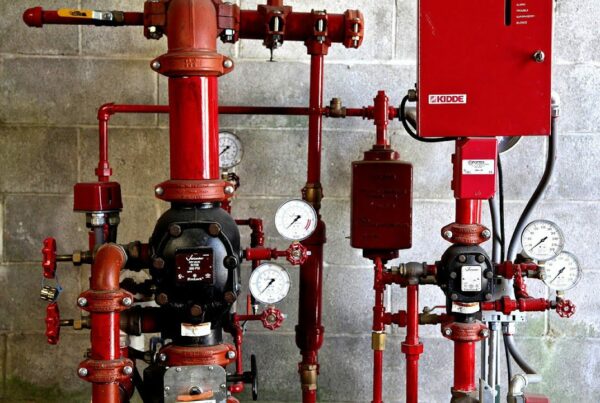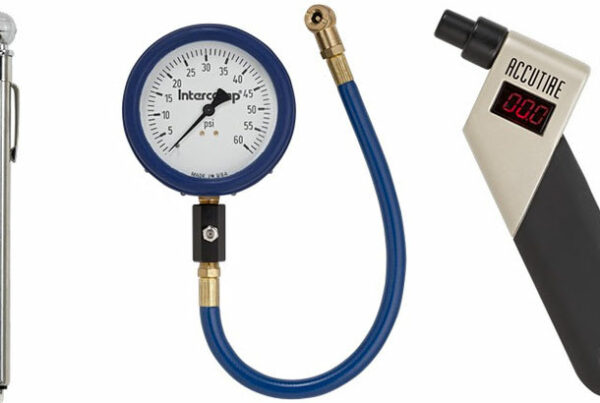Although OSHA requires you to have fire extinguishers in your workplace, you don’t necessarily have to train employees to use them. For example, if workers are told to sound the alarm and evacuate in the event of any workplace fire and leave the firefighting to professionals or your fire brigade, then you don’t have to complete fire extinguisher training (unless you want to, which is never a bad idea). But, if you expect workers to take emergency action in the event of a workplace fire, then OSHA says you have to train each and every one of them to use extinguishers safely and effectively.
Fire extinguisher safety starts with the ABCs (and D). Extinguishers are labeled to correspond to different classes of fires. It’s essential for employees to choose the right type of extinguisher for the fire. Otherwise, they could be spreading the fire instead of extinguishing it.
Types of fire extinguishers
- Extinguishers labeled with an A should be used for Class A fires involving paper, cardboard, wood, trash, rags, or cloth.
- Extinguishers labeled with a B are for Class B fires that involve grease, gasses, or flammable liquids such as; gasoline, oil, solvents, and paint.
- Extinguishers labeled with a C should be used on Class C fires involving electrical equipment and wiring. Water-based extinguishers such as; Class A extinguishers should never be used on an electrical fire!
- Extinguishers labeled with a D are for combustible metal fires such as; those involving aluminum, sodium, magnesium, or zinc.
- Extinguishers labeled K are wet-chemical fire extinguishers for use on cooking-oil fires, especially for the deep-fat fryers used in restaurants. Class K fire extinguishers are filled with a blend of potassium acetate and potassium citrate. This extinguisher sprays its chemicals in a mist so the oils are not splashed. The mist also creates a barrier between the heat source and the oxygen that could reignite it.
- Multipurpose ABC extinguishers can be used for Class A, B, or C fires as well as for combination fires. ABC extinguishers are filled with a dry chemical agent known as mono ammonium phosphate and can fight all of these fires.
- Extinguisher labels often have picture symbols in addition to letters to identify the class of fire the extinguisher can be used on. A red slash through a letter or picture symbol means you can’t use the extinguisher on that type of fire.
Here’s the proper procedure for using a fire extinguisher:
- Hold the extinguisher upright and stand 6 to 8 feet from the fire.
- Make sure there is a fire-free escape route open behind you in case you can’t extinguish the fire and you need to evacuate.
- Then remember “PASS”:
- Pull the pin
- Aim at the base of the fire
- Squeeze the handle to release the extinguishing agent
- Sweep back and forth until the fire goes out
When in doubt, get out! Most workplace fires should be handled by trained firefighters–either your local fire department or your own fire brigade. Fire extinguishers should only be used on small, contained fires. That’s because extinguishers don’t last long and can’t control big or rapidly spreading fires. Be sure your employees understand that if a fire doesn’t go out immediately, they should evacuate the area, sound the alarm, and leave the job to better trained and equipped firefighters. Your workers should never try to extinguish large or rapidly spreading fires with an extinguisher.
Credit: Markel Insurance






